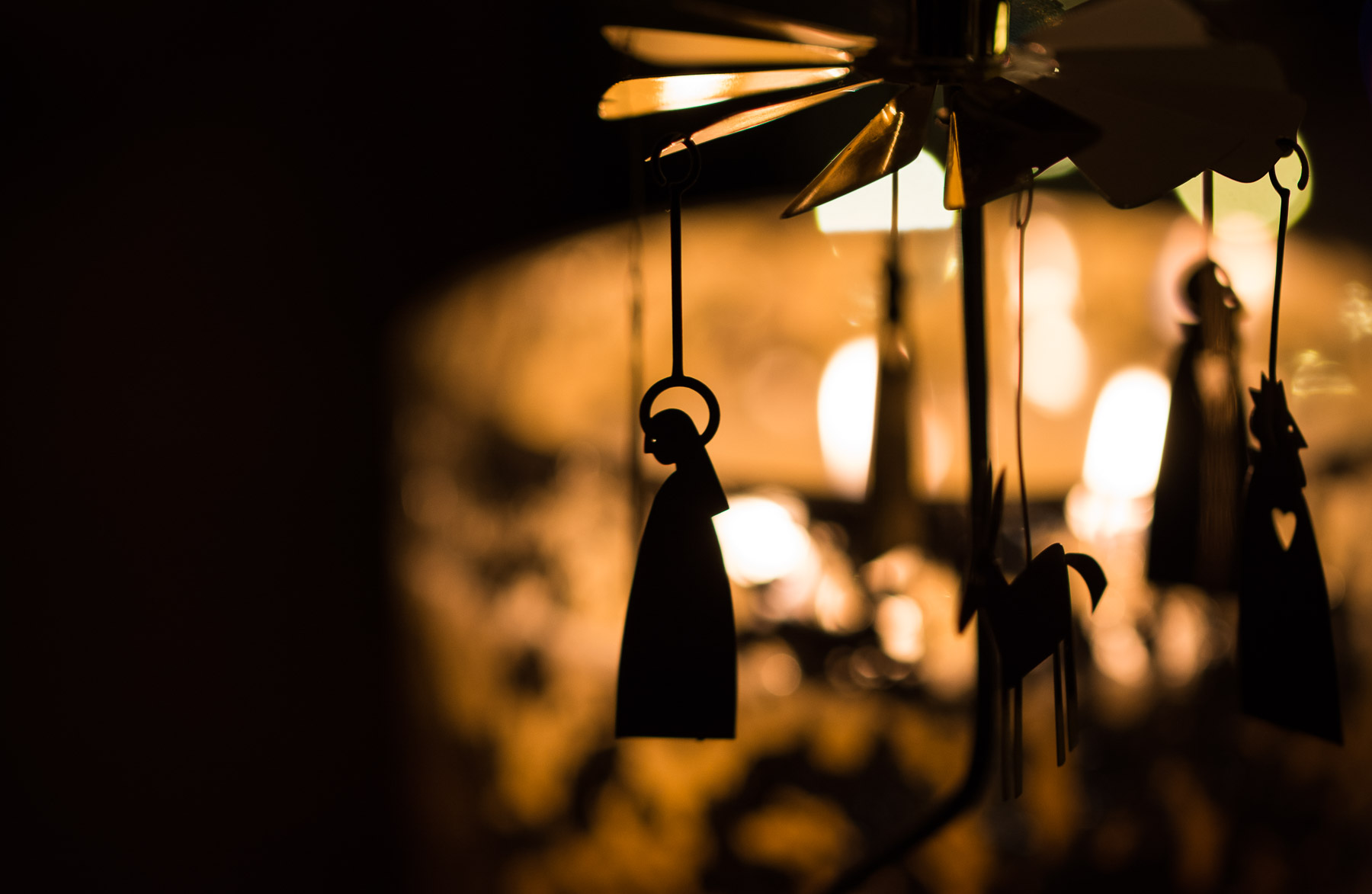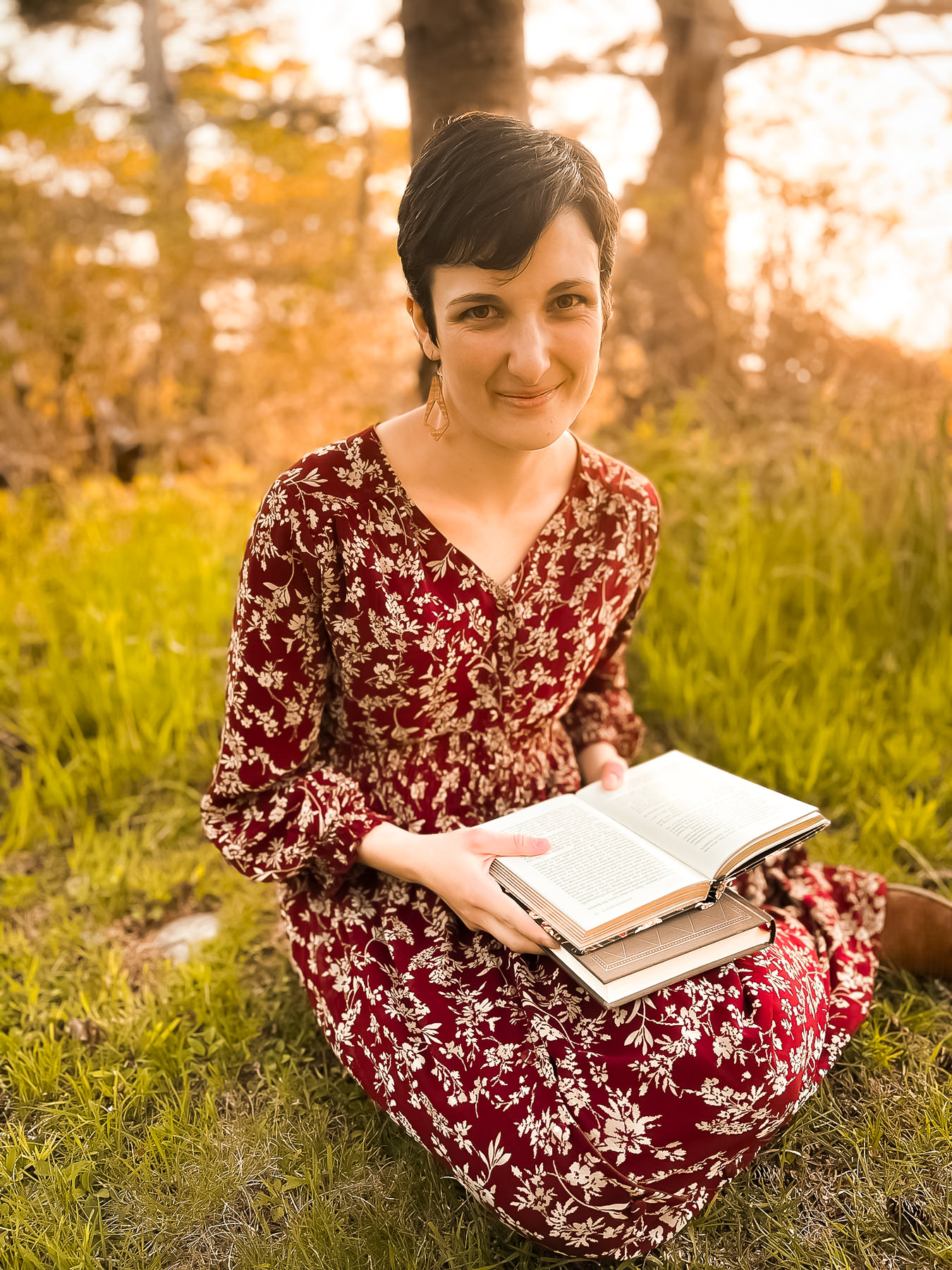Three years ago, I drove home to our Christmas tree imprisoned behind baby gates and a two-year-old who hadn’t seen us for six weeks. I arrived as a changed woman, a mom who had just given birth to twin boys three weeks early, bearing a new scar on her lower stomach. One twin had been jaundiced, the other underweight. Doubled over with my hand on my abdomen, I walked slowly every day around my house trying to keep both my stitches and home in order—that is, between tandem nursing, pumping, and cleaning breast pump supplies.
As I looked at nativity scenes or listened to Christmas songs, I thought a lot about Mary. How did that first birth go for her? Tears rolled down my face as I imagined my story woven with hers through Andrew Peterson’s song, “Labor of Love,” sung by Jill Phillips. The song begins with Mary in the cold, dark streets of David’s town, crying out in pain as blood stains the ground.
One of my babies’ heartbeats kept decreasing, and I was wheeled down hallways and through elevators as contractions squeezed cries out of my own throat. Nurses helped me onto a bed in the stark-white operating room. Another took my clammy face between her palms and pressed her forehead against mine. “You’re doing great, Lara, it’s almost over.”
The babies came out. One wasn’t breathing. They rushed him to the other side of the room, cleared mucous from his airways, gave him oxygen, and soon his chest rose and fell with air.
The Bible gives little details about Mary’s birth of our Savior, and over the years many have speculated as to what she experienced, how much pain she felt, and if she gave birth in a barn or somewhere else. The hymn “Silent Night” claims Jesus, God incarnate in human flesh, never cried. None of the Gospel authors fill in these details as we do in modern birth stories.
What we do know: As Mary birthed “the Maker of the moon,” [1] she delivered a baby boy who would put an end to all physical suffering. She held the Word Who created the world, Who deemed it very good and promised to restore all that goodness to it again one day after he crushed the serpent’s cold and scaly head.
Mary may not have experienced a story like mine, but she likely felt every contraction—because she was a human. Hers was “a labor of pain” [2] too. The Savior of the world likely came with blood, tears, wails, and sweat.
In the weeks that followed the birth of my twins, my mind hit replay on the scenes. Sometimes my thumb touched the shaven spot on one of the twin’s heads where an IV had once been or I would see the scabs from where they sliced through their heels to monitor their blood sugars. As I did, my mind forced me into a theater seat to watch those moments again. The sounds, the sterilized smells, and the rough sheets all enwrapped me again. My body sought to rehearse these scenes to warn me of the place where my little ones’ lives could have been lost so that we’d never return to that hospital bed. Don’t forget this place and how it endangered you.
This Christmas, as I treat my body with gentleness to remind it of its safety, I’m teaching my heart to rehearse the restoring work Christmas began—Jesus came to earth as a babe to put an end to these kinds of memories ever happening again. As Joy to the World reminds us, “He [came] to make His blessings flow / far as the curse is found” so that “sins and sorrows” would no longer grow “nor thorns infest the ground.” [3]
I had prayed against a c-section from the moment the doctor told me that two healthy babies wiggled in my womb where two separate miscarriages had taken place just months prior. I wonder if Mary prayed for a safe birth too, or if she simply knew all would go well because she bore the Redeemer. I do know that hers and every Israelite’s prayer for the long-awaited King was answered at His birth and that every prayer for redemption, justice, and healing will be answered in the resurrection He earned for us. One day, we’ll step through life without the ailing of the curse upon us. This is why, even in sorrowful Christmas memories, we can all proclaim, “Joy to the world, the Lord is come! … Joy to the earth, the Savior reigns!” [4] He will not only redeem us from sin but from the briars that plague the land.
No, it was not a silent night—both Mary and I felt the curse as we bore our sons to this world. Yet we both could put our hands around the promise of Christmas: He came to bring peace and the restoration we all long for. Until then, we grieve the birth pains—spiritual and physical—and celebrate the King who came and will come again.
![]()
[1] “Labor of Love.” Track 8 on Behold the Lamb of God. Centricity Music, 2019. Andrew Peterson, Jill Phillips.
[2] Ibid., Peterson.
[3] “Joy to the World,” Isaac Watts (1719).
[4] Ibid., Watts.
The featured image is courtesy of Julie Jablonski and is used with her kind permission for Cultivating.
Lara d’Entremont is first a wife and a mom to three little wildlings in rural Nova Scotia, Canada. While the wildlings snore, she primarily writes—whether it be personal essays, creative nonfiction, or fantasy novels. She desires to weave the stories between faith and fiction, theology and praxis, for women who feel as if these pieces of them are always at odds. Her first book, A Mother Held, is a collection of essays on the early days of motherhood and anxiety. Much of her writing is inspired by the forest and ocean that surround her, and her little ones that remind her to stop and see it.
Leave a Reply
A Field Guide to Cultivating ~ Essentials to Cultivating a Whole Life, Rooted in Christ, and Flourishing in Fellowship
Enjoy our gift to you as our Welcome to Cultivating! Discover the purpose of The Cultivating Project, and how you might find a "What, you too?" experience here with this fellowship of makers!


Add a comment
0 Comments